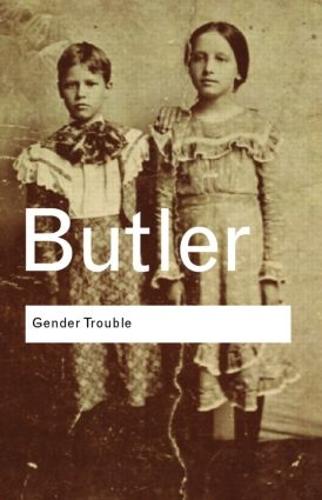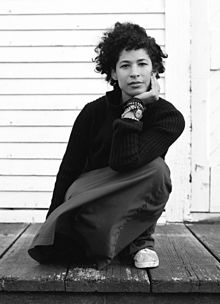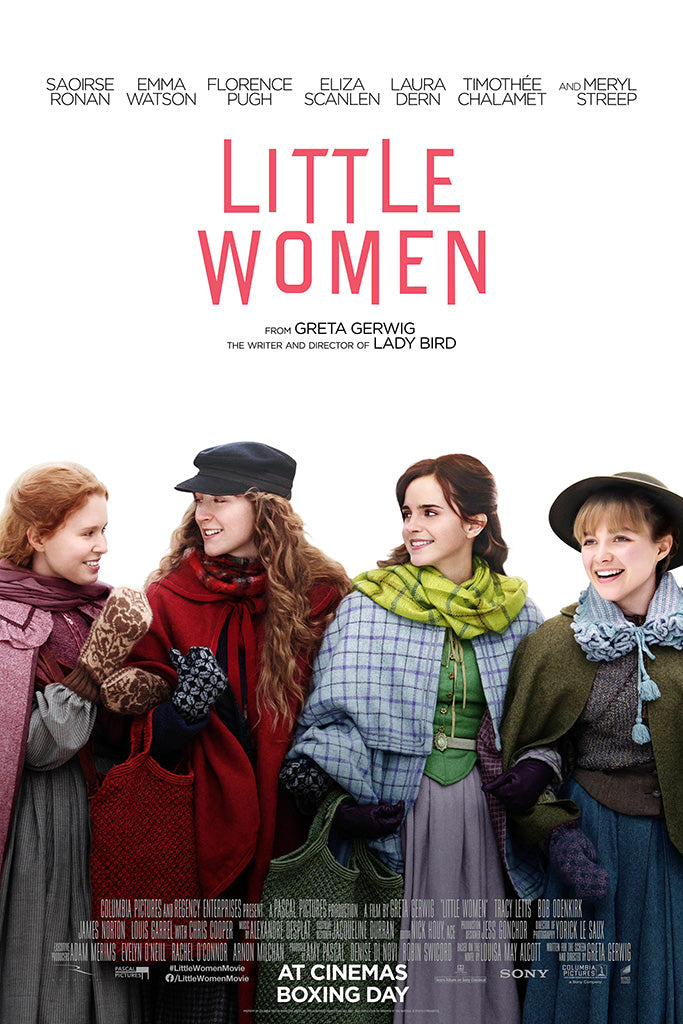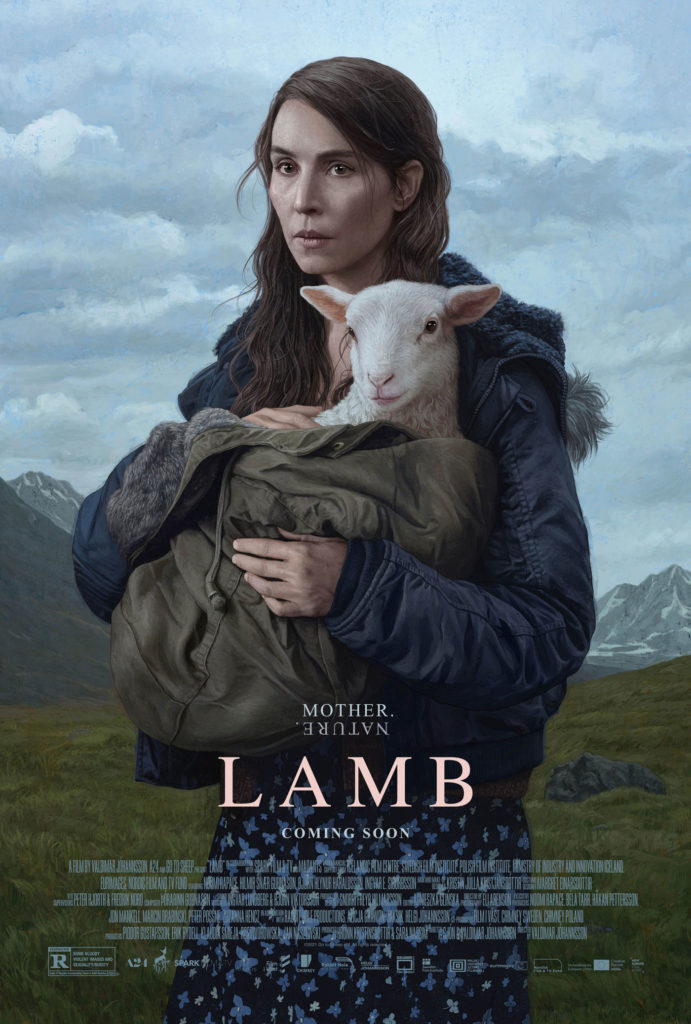All posts by Greta C
Filters
vladimir propp
Vladimir propp’s theory:
Vladimir Propp was a folklorist researcher interested in the relationship between characters and narrative . Propp argued that stories are character driven and that plots develop from the decisions and actions of characters and how they function in a story.
Vladimir Propp claimed characters could be defined by their “spheres of action” and the role they played in the progression of the story. After studying 100 fairy tales in tremendous detail, he identified seven archetypes: the villain, the donor, the helper, the princess, the dispatcher, the hero, and the false hero.
His 8 character types:
- The Hero – 2 types = seeker hero and victim hero
- The Helper – Helps the hero along the way
- The Villain – fights the hero and becomes defeated
- The False Hero – who appears to act heroically and may even be initially mistaken for the real Hero.
- The Donor – who gives the Hero something special, such as a magical weapon or some particular wisdom.
- The Dispatcher – Sends the hero on the mission
- The Princess – Is the hero’s reward
- The Princess’s Father.

- A
3. B
5. C
blinded by the light

*Low budget film that cost $15 million to make
*The songs are by Bruce Springsteen a well known American artist
*A small British film production that works with warner bros in America, a big film company
*The film is advertised on Instagram, Twitter and Facebook and they put clips of the film to get people to watch it but most of the time it shows spoilers
*Its based on a true story about a Pakistani boy trying to fit in in the UK
*There’s an article on the guardian by Sarfraz Manzoor posted Thursday 29th august 2019 and mentions that people from all over the world from Jerusalem, Omaha and Australia thanking them for the representation in the film and how they connected with the main character
*The film is regulated by BBFC
*The use of Bruce Springsteen’s music helps him earn more money because of the film using his songs
Key words
- Cultural industries = A cultural industry is an economic field concerned with producing, reproducing, storing and distributing cultural goods and services on industrial and commercial terms.
- Production = The making of a media
- Distribution = How the media delivers their product to the audience
- Exhibition / Consumption = products that are for show (the film industry) / products that are used by buyers
- Media concentration = ownership of big media industries by fewer industries
- Conglomerates = A company that owns numerous companies involved in mass media.
- Globalisation (in terms of media ownership) = Media company who work internationally
- Cultural imperialism = imposition by one usually politically or economically dominant community of various aspects of its own culture onto another nondominant community.
- Vertical Integration = A company that opts for vertical integration takes complete control over one or more stages in the production or distribution of a product.
- Horizontal Integration = media companies expand by acquiring media companies that work in similar sectors. The media company can own radio, magazines, books and newspaper
- Mergers = When 2 companies come together and create a new media business
- Monopolies = When a specific person or enterprise is the only supplier of a particular thing
- Gatekeepers = When a large company owns everything in a specific line of business which means they are the only ones that can sell it. It is illegal in most countries to do it.
- Regulation = The global regulation of new media technologies is to ensure the cultural diversity in media content, and provide a free space of public access and various opinions and ideas without censorship.
- Deregulation = The reductions of government power in a particular industry to create a more competitive attitude within a company
- Free market = In economics, a free market is a system in which the prices for goods and services are self-regulated by buyers and sellers negotiating in an open market.
- Commodification = A process which services, ideas and people relations are transformed into objects for sale in a capitalist economic system.
- Convergence = The merging of previously distinct media to create an entire new form of communication expression.
- Diversity = Diversity of different views, ideas or content
- Innovation = Change in several aspects of the media landscape, from the development of new media platforms, to new business models, to new ways of producing media texts
rupert murdoch : news uk
- It has been alleged that News Group staff were accused of engaging in phone hacking, including Clive Goodman, illegally accessed voicemail for the mobile phones of thousands of public figures, including politicians and celebrities.
- News Corp UK & Ireland Limited (trading as News UK, formerly News International and NI Group), is a British newspaper publisher, and a wholly owned subsidiary of the American mass media conglomerate News Corp. It is the current publisher of The Times, The Sunday Times and The Sun newspapers
- Rupert Murdoch is the owner of hundreds of local, national, and international publishing outlets around the world, including in the UK (The Sun and The Times), in Australia (The Daily Telegraph, Herald Sun and The Australian), in the US (The Wall Street Journal and the New York Post)
- After his father’s death in 1952, Murdoch took over the running of The News, a small Adelaide newspaper owned by his father. In the 1950s and 1960s, Murdoch acquired a number of newspapers in Australia and New Zealand before expanding into the United Kingdom in 1969, taking over the News of the World.
- In 1981, Murdoch bought The Times, his first British broadsheet, and, in 1985, became a naturalized US citizen, giving up his Australian citizenship, to satisfy the legal requirement for US television network ownership.
- Murdoch formed the British broadcaster BSkyB in 1990 and, during the 1990s, expanded into Asian networks and South American television. By 2000, Murdoch’s News Corporation owned over 800 companies in more than 50 countries, with a net worth of over $5 billion.
- In July 2011, Murdoch faced allegations that his companies, including the News of the World, owned by News Corporation, had been regularly hacking the phones of celebrities, royalty, and public citizens. Murdoch faced police and government investigations into bribery and corruption by the British government and FBI investigations in the US. On 21 July 2012, Murdoch resigned as a director of News International.
- Ownership of The Times came to him through his relationship with Lord Thomson, who had grown tired of losing money on it as a result of an extended period of industrial action that stopped publication
- . In England, the move roused the anger of the print unions, resulting in a long and often violent dispute that played out in Wapping, one of London’s docklands areas, where Murdoch had installed the very latest electronic newspaper purpose-built publishing facility in an old warehouse.
- The Guardian newspaper, citing official company accounts, claims Rebekah Brooks received a £10.8m payoff for leaving News International.
- Times Newspapers was formed in 1967 when the Thomson Corporation purchased The Times from the Astor family and merged it with The Sunday Times, which it had owned since 1959. The company was purchased by Rupert Murdoch’s News International in February 1981. The acquisition followed an intense 21 days of negotiations with the print unions, conducted by John Collier and Bill O’Neill. The Times Literary Supplement, Times Educational Supplement and Times Higher Education Supplement were also part of the group; the latter two publications have since been sold.
- The London Paper was the first newspaper to be launched by News International rather than bought. It was an evening freesheet distributed at bus and rail stations in London. It was published five days a week from September 2006 to September 2009, when it closed down, faced with competition from other free papers.
- In contrast to News International’s earlier denials of knowledge, The Guardian cites suppressed evidence revealing that News of the World‘s editorial staff were involved with private investigators who engaged in illegal phone-hacking, and that both reporters and executives were commissioning purchases of confidential information; this is illegal unless it is shown to be in the public interest
david hesmondhalgh
David is a professor of media, music and culture at the university of Leeds. His research focus and interests are on the media and cultural, creative industries, cultural policy the politics of musical experience, and how ‘cultural platforms’ are transforming media. He joined the University of Leeds in 2007.
production, contribution and reduction
David Hesmondhalgh says about the culture industry:
products exist as a result of their economic context:
* products are made within a commercial context and media is manufactured to create profit.
The media industry is a high risk business
*the impossibility of predicting audience tastes coupled with the high costs of production and the effects of mass competition mean that the business of making commercially successful media is very difficult.
The media industry is reliant on marketing and publicity functions
*Products need the oxygen of publicity if they are to thrive
Media products have limited consumption capacity
*Unlike other businesses, films, television and music – based products tend to be consumed as ‘one off purchases
judith butler
Judith Pamela Butler is an American philosopher and gender theorist whose work has influenced political philosophy, ethics, and the fields of third-wave feminism, queer theory, and literary theory. In 1993, Butler began teaching at the University of California, Berkeley, where they have served, beginning in 1998, as the Maxine Elliot Professor in the Department of Comparative Literature and the Program of Critical Theory. They are also the Hannah Arendt Chair at the European Graduate School.
Butler is best known for their books Gender Trouble: Feminism and the Subversion of Identity (1990) and Bodies That Matter: On the Discursive Limits of Sex (1993), in which they challenge conventional notions of gender and develop their theory of gender performativity. This theory has had a major influence on feminist and queer scholarship. Their work is often studied and debated in film studies courses emphasizing gender studies and performativity in discourse.
Butler has supported lesbian and gay rights movements, and they have spoken out on many contemporary political issues, including criticism of Israeli politics.
Gender Trouble: Feminism and the Subversion of Identity was first published in 1990, selling over 100,000 copies internationally, in multiple languages. Gender Trouble discusses the works of Sigmund Freud, Simone de Beauvoir, Julia Kristeva, Jacques Lacan, Luce Irigaray, Monique Wittig, Jacques Derrida, and Michel Foucault.
Butler offers a critique of the terms gender and sex as they have been used by feminists. Butler argues that feminism made a mistake in trying to make “women” a discrete, ahistorical group with common characteristics. Butler writes that this approach reinforces the binary view of gender relations. Butler believes that feminists should not try to define “women” and they also believe that feminists should “focus on providing an account of how power functions and shapes our understandings of womanhood not only in the society at large but also within the feminist movement.” Finally, Butler aims to break the supposed links between sex and gender so that gender and desire can be “flexible, free floating and not caused by other stable factors”. The idea of identity as free and flexible and gender as a performance, not an essence, is one of the foundations of queer theory.

third wave feminism
Third-wave feminism is an iteration of the feminist movement. It began in the United States in the early 1990s and continued until the rise of the fourth wave in the 2010s. Born in the 1960s and 1970s as members of Generation X and grounded in the civil-rights advances of the second wave, third-wave feminists embraced individualism in women and diversity and sought to redefine what it meant to be a feminist. The third wave saw the emergence of new feminist currents and theories, such as intersectionality, sex positivity, vegetarian ecofeminism, transfeminism, and postmodern feminism. According to feminist scholar Elizabeth Evans, the “confusion surrounding what constitutes third-wave feminism is in some respects its defining feature.”
The third wave is traced to the emergence of the riot girl feminist punk subculture in Olympia, Washington, in the early 1990s, and to Anita Hill’s televised testimony in 1991—to an all-male, all-white Senate Judiciary Committee—that African-American judge Clarence Thomas, nominated for and eventually confirmed to the Supreme Court of the United States, had sexually harassed her. The term third wave is credited to Rebecca Walker, who responded to Thomas’s appointment to the Supreme Court with an article in Ms. magazine, “Becoming the Third Wave” (1992). She wrote:
“So I write this as a plea to all women, especially women of my generation: Let Thomas’ confirmation serve to remind you, as it did me, that the fight is far from over. Let this dismissal of a woman’s experience move you to anger. Turn that outrage into political power. Do not vote for them unless they work for us. Do not have sex with them, do not break bread with them, do not nurture them if they don’t prioritize our freedom to control our bodies and our lives. I am not a post-feminism feminist. I am the Third Wave.”
The rights and programs gained by feminists of the second wave served as a foundation for the third wave. The gains included Title IX (equal access to education), public discussion about the abuse of women, access to contraception and other reproductive services (including the legalization of abortion), the creation and enforcement of sexual-harassment policies for women in the workplace, the creation of domestic-abuse shelters for women and children, child-care services, educational funding for young women, and women’s studies programs.
Feminist leaders rooted in the second wave such as Gloria Anzaldúa, bell hooks, Cherríe Moraga, Audre Lorde, Maxine Hong Kingston, and other feminists of color, sought to negotiate a space within feminist thought for consideration of race. Cherríe Moraga and Gloria E. Anzaldúa had published the anthology This Bridge Called My Back (1981), which, along with All the Women Are White, All the Blacks Are Men, But Some of Us Are Brave (1982), edited by Akasha (Gloria T.) Hull, Patricia Bell-Scott, and Barbara Smith, argued that second-wave feminism had focused primarily on the problems of white women. The emphasis on the intersection between race and gender became increasingly prominent.
In the interlude of the late 1970s and early 1980s, the feminist sex wars arose as a reaction against the radical feminism of the second wave and its views on sexuality, therein countering with a concept of “sex-positivity” and heralding the third wave.

leveson 10 years on
The report of the Leveson Inquiry into the culture, practices and ethics of the press was published ten years ago. It was half-success and a half-failure
The successful part was the evidence stage, where a huge amount of evidence was placed into the public domain about the culture, practices and ethics of the press that would have not been placed into the public domain, but for the inquiry.
The Leveson inquiry was a judicial public inquiry into the culture, practices and ethics of the British press following the News International phone hacking scandal, chaired by Lord Justice Leveson, who was appointed in July 2011. A series of public hearings were held throughout 2011 and 2012.



